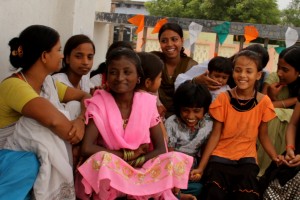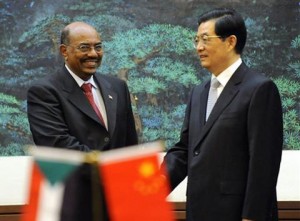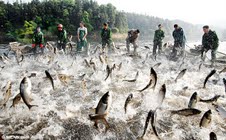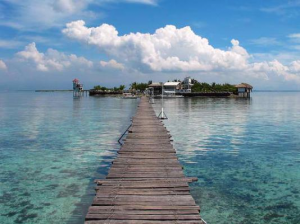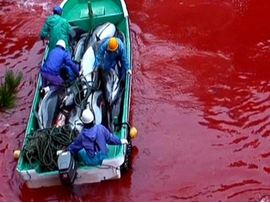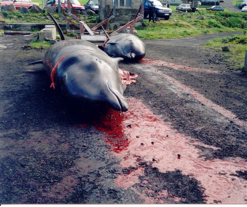As I sat down to take my final exam for my Molecular Biology course today, I took a second to reflect on my past few days. I had spent a majority of those days at the library, sacrificing things like socialization, exercise, sleep, and even food. It was an experience that most students can relate to. In order to achieve our goals, we often put an inordinate amount of stress on ourselves. We believe that we can stomach these short-term discomforts for the long-term pleasures that academic success promises. But is this stress worth it?
But is this stress worth it?
I recently read an article about the dangers of chronic stress. When people are stressed, an enzyme that breaks down neurons in the prefrontal cortex floods their brains. Thus, long-term stress can damage the brain and “impair everything from emotion and impulse control to certain big-picture analytical thinking.” This enzyme goes away when people are relieved of stress, but continued periods of stress can lead to the deterioration of the prefrontal cortex.
In biology classes, we learn that genes continue to be passed down from generation to generation only if they are advantageous, as organisms with these traits will be able to reproduce. Those of us pursuing higher education put so much unhealthy pressure on ourselves because we must pass a similar test to natural selection to accomplish our goals. We often have ambitious dreams of pursuing law, medicine, finance, engineering, social work, research, etc, but to crack into such fields, we must pass a selection test. Because so many students are often vying for a limited amount of spots, employers and admission counselors have the luxury of choosing the most accomplished candidates. With such stiff from peers, we often feel the need to have excelled in almost every facet of life. We try to get good grades, join clubs, find internships, maintain social lives, and often pay for our education. It is easy to see how so many stress factors can be overwhelming, and ultimately, unhealthy enough to cause us to develop ulcers or degrade our prefrontal cortex.
I understand that stress is inevitable, and in some doses, even helpful. It is often stress that allows us to focus hard enough to learn a lot, pass tests, and develop innovative solutions to problems. To some extent, the high level of competition for certain positions in our country is a good thing. Our policy makers, doctors, lawyers, researchers, bankers, etc. should be capable of handling stressful situations and excelling. But we should mitigate damage people acquire while chasing their dreams. Rather than continuous high levels of stress and anxiety, people need to have periods of relaxation in which they can let their prefrontal cortexes avoid degradation and help them maintain high level of functioning ability.
When we join the workforce, we often have these periods of relaxation built into our schedules. Although we will likely have busy weeks, most of us will have weekends off to relax and unwind. In school, we often lack this luxury. There is always homework to be done, an exam to study for, or meeting to go to. So how can policy makers ensure that students give themselves breaks and excessively damage their brains?
The most effective way of reducing stress among students is to educate them of its dangers. I have heard stories about high school students, eager to get a leg up on their classmates, taking classes during lunch to raise their GPAs and help get accepted to their dream college. By allowing such behavior, high schools are allowing students to undergo unhealthy lifestyles. Instead of encouraging, and even rewarding, such ridiculous behavior, middle schools and high schools should do a better job of letting students develop their own ways of reliving their stress. One proposed solution could be to offer a diverse set of elective classes to students that require minimal amounts of work. If students are forced to take one elective throughout high school, they can develop a skill, hobby, or interest that they can rely on to relieve stress for the rest of their lives.
Many of us currently sacrifice short-term pleasure and relaxation for the promise of long-term benefits. But if we were all aware of the damage we could be doing to ourselves, maybe we would learn the importance of minimizing this risk. We could find skills and hobbies to help relieve us of the other pressures in our lives, and we could avoid doing long-term damage to ourselves.
Shaunak Varma is a Program and Research Intern with the SISGI Group focusing on mental health. To learn more about the SISGI Group visit www.sisgigroup.org.


